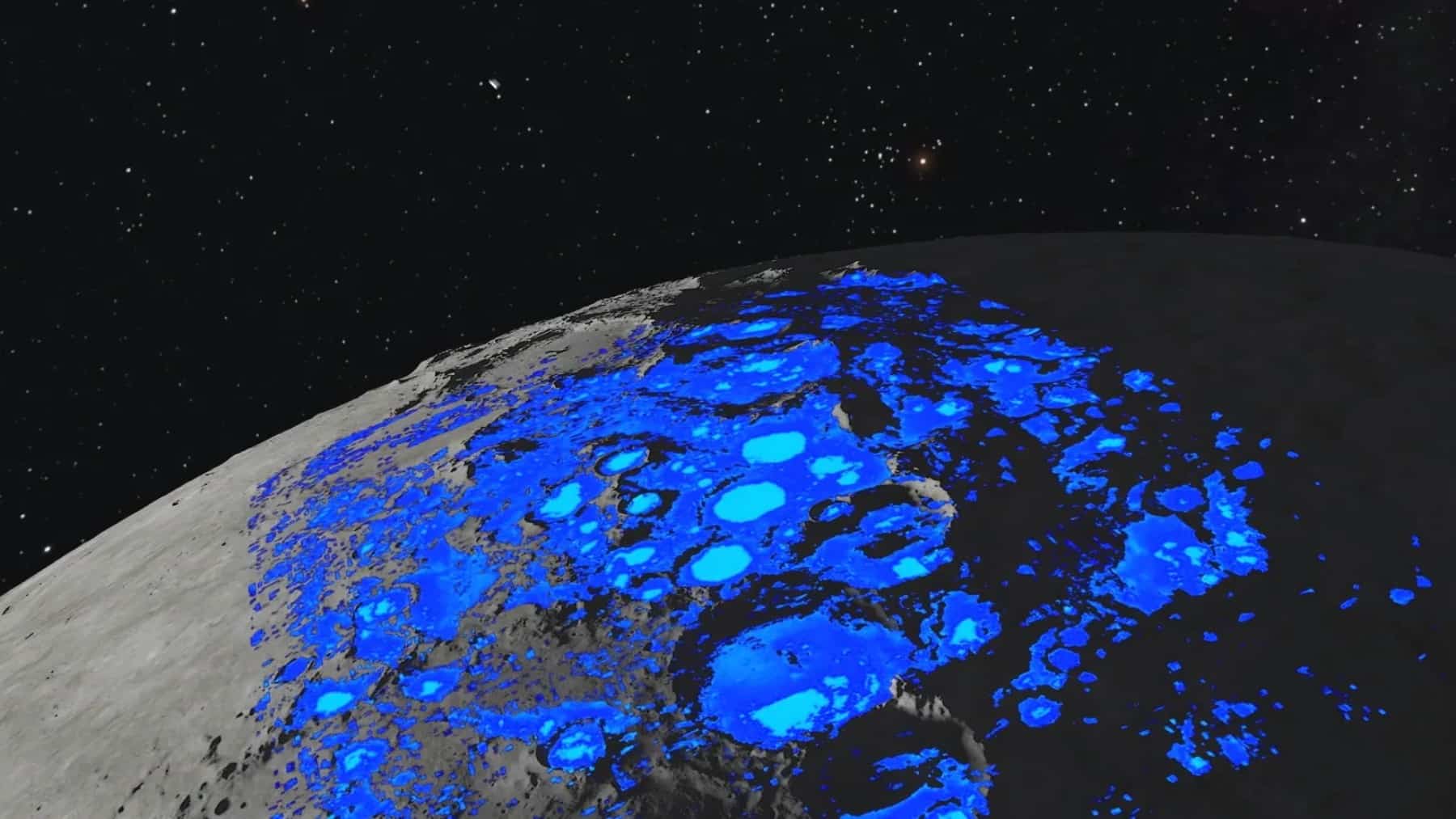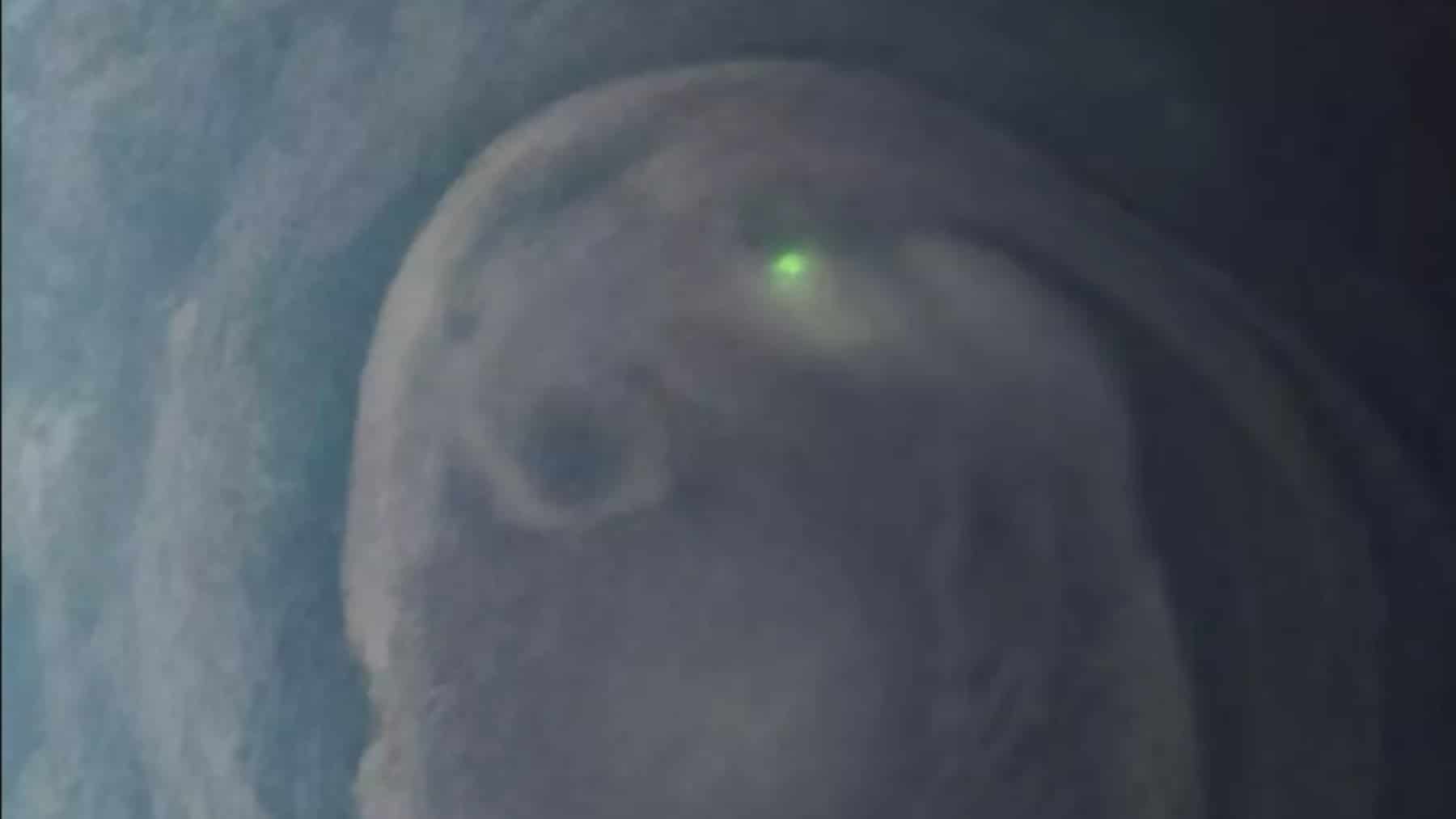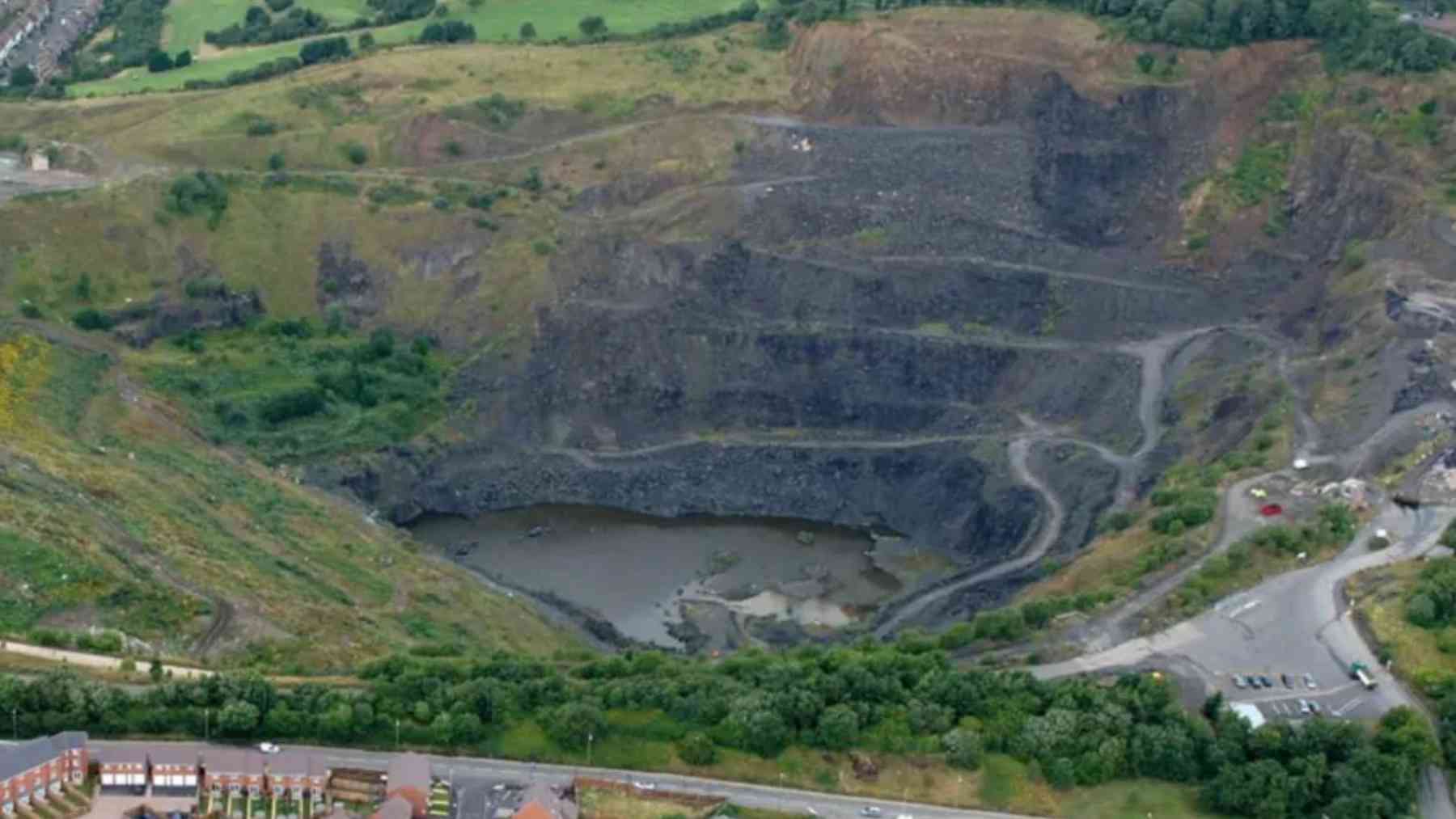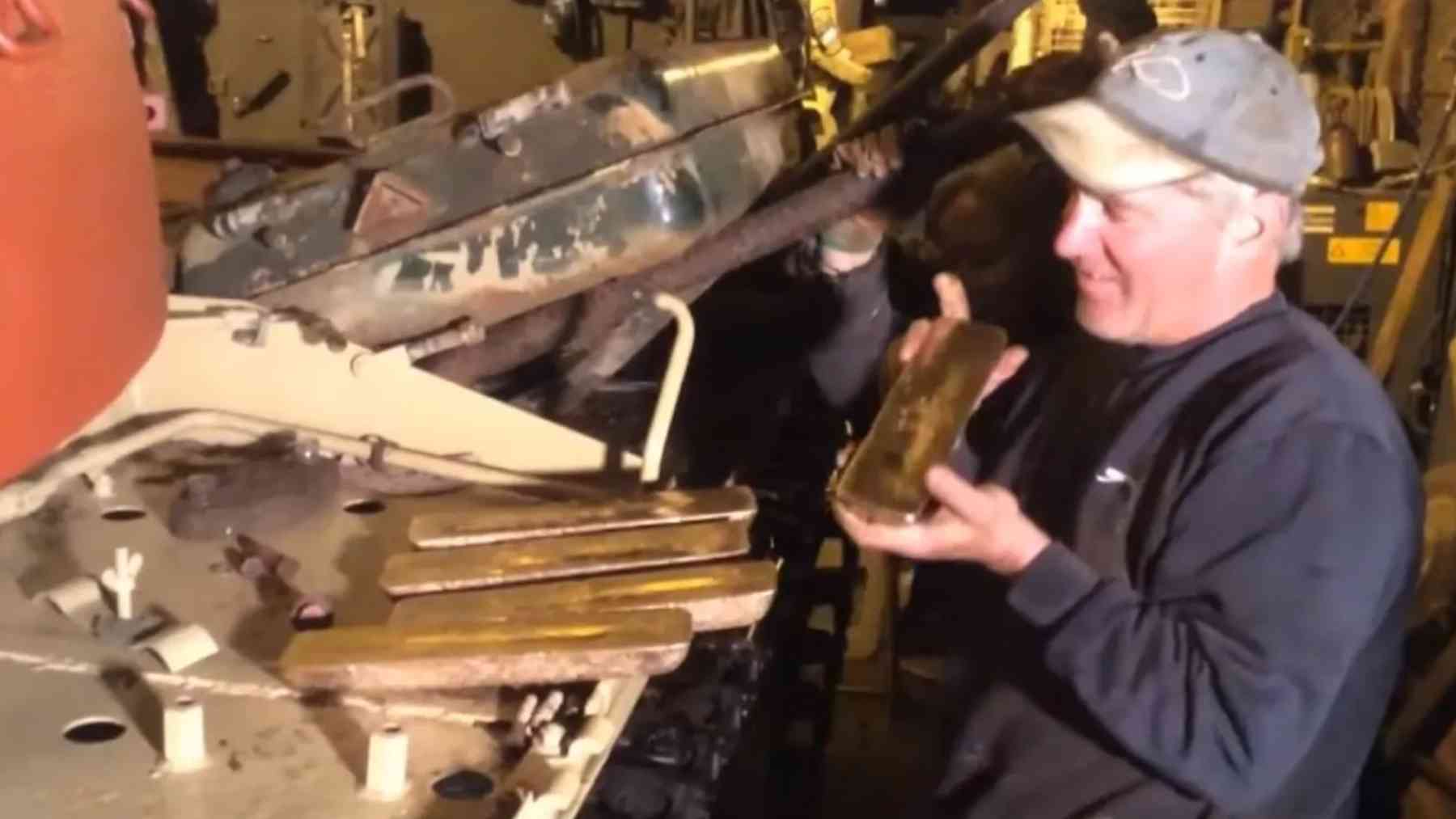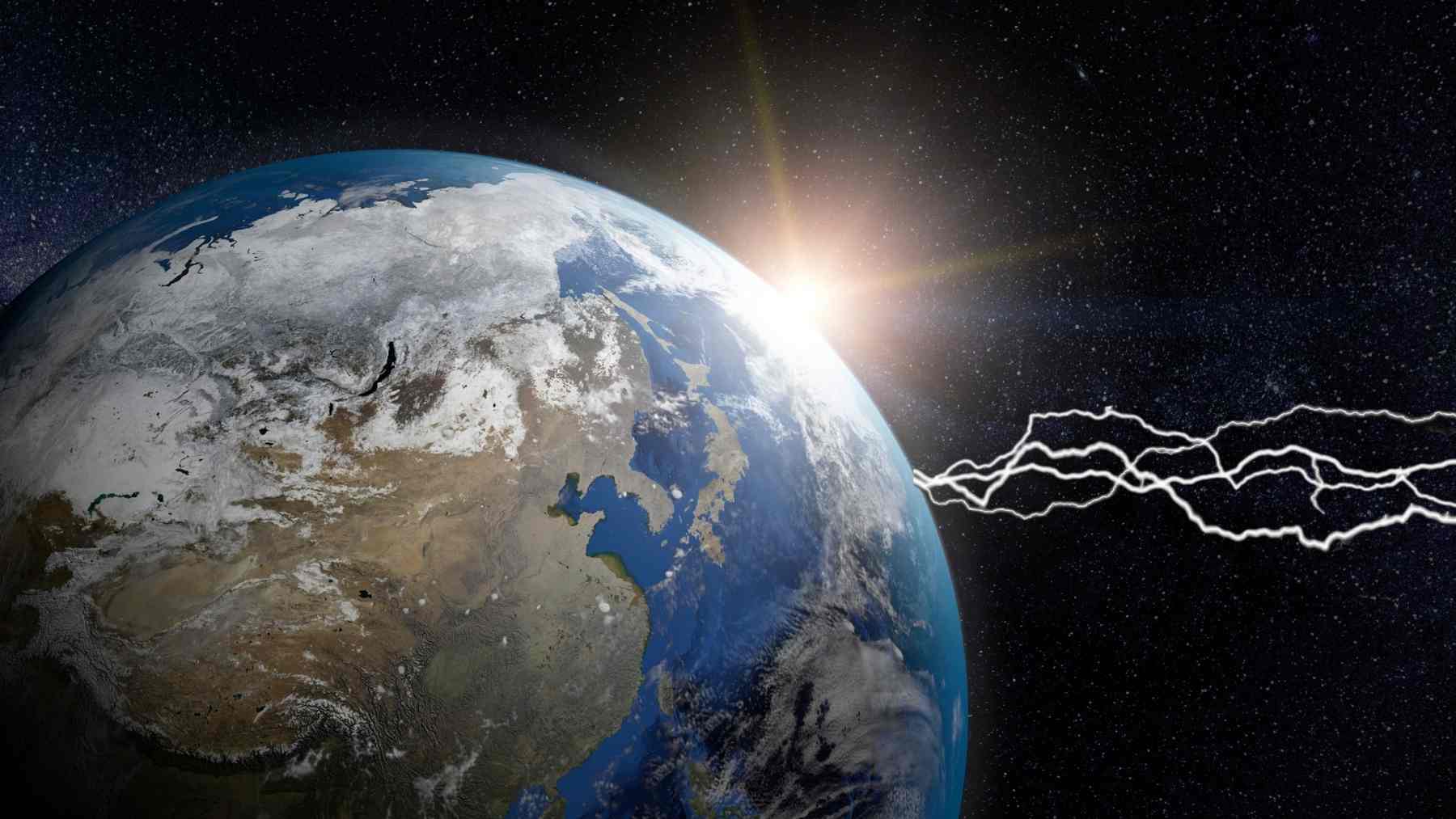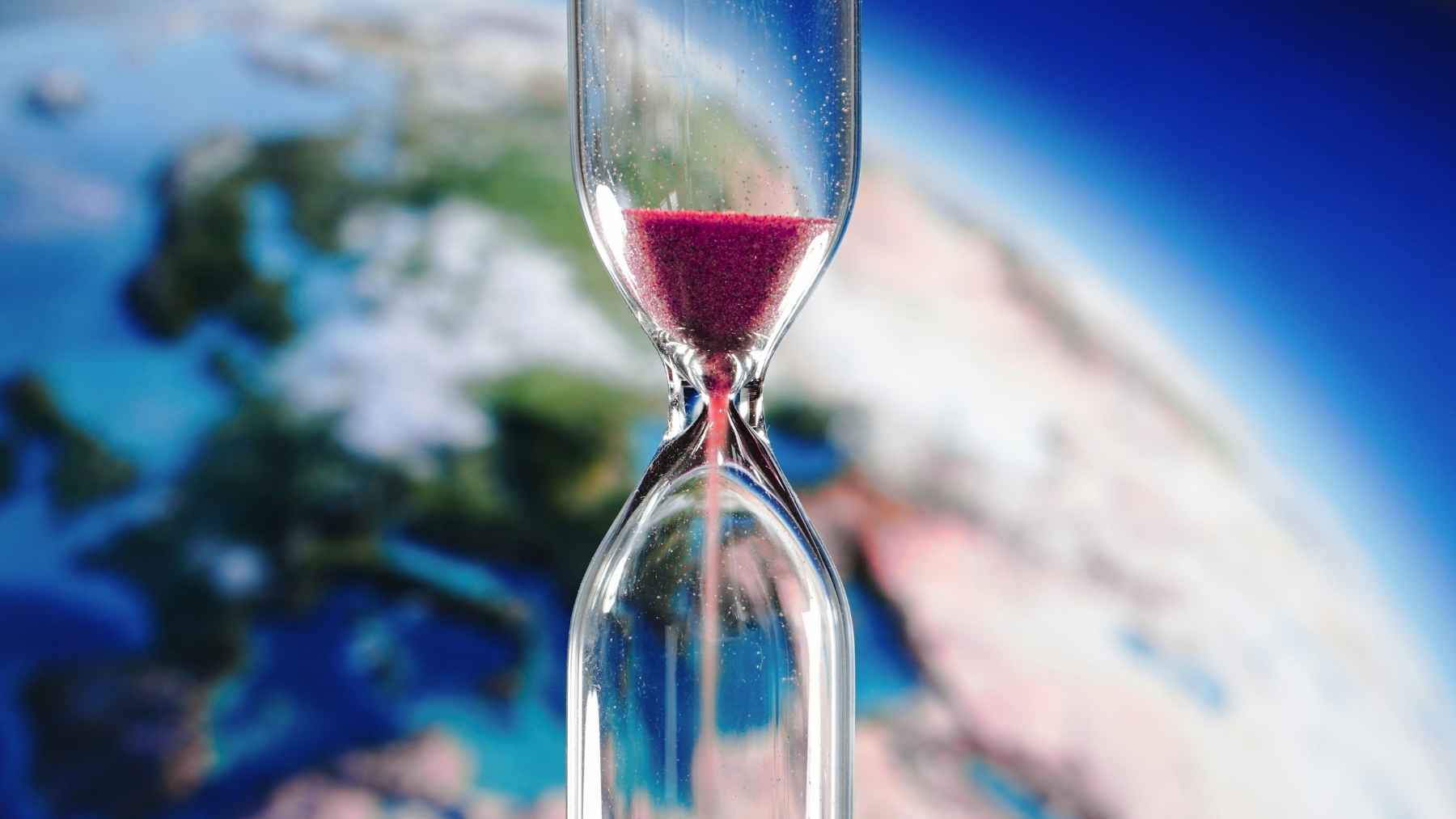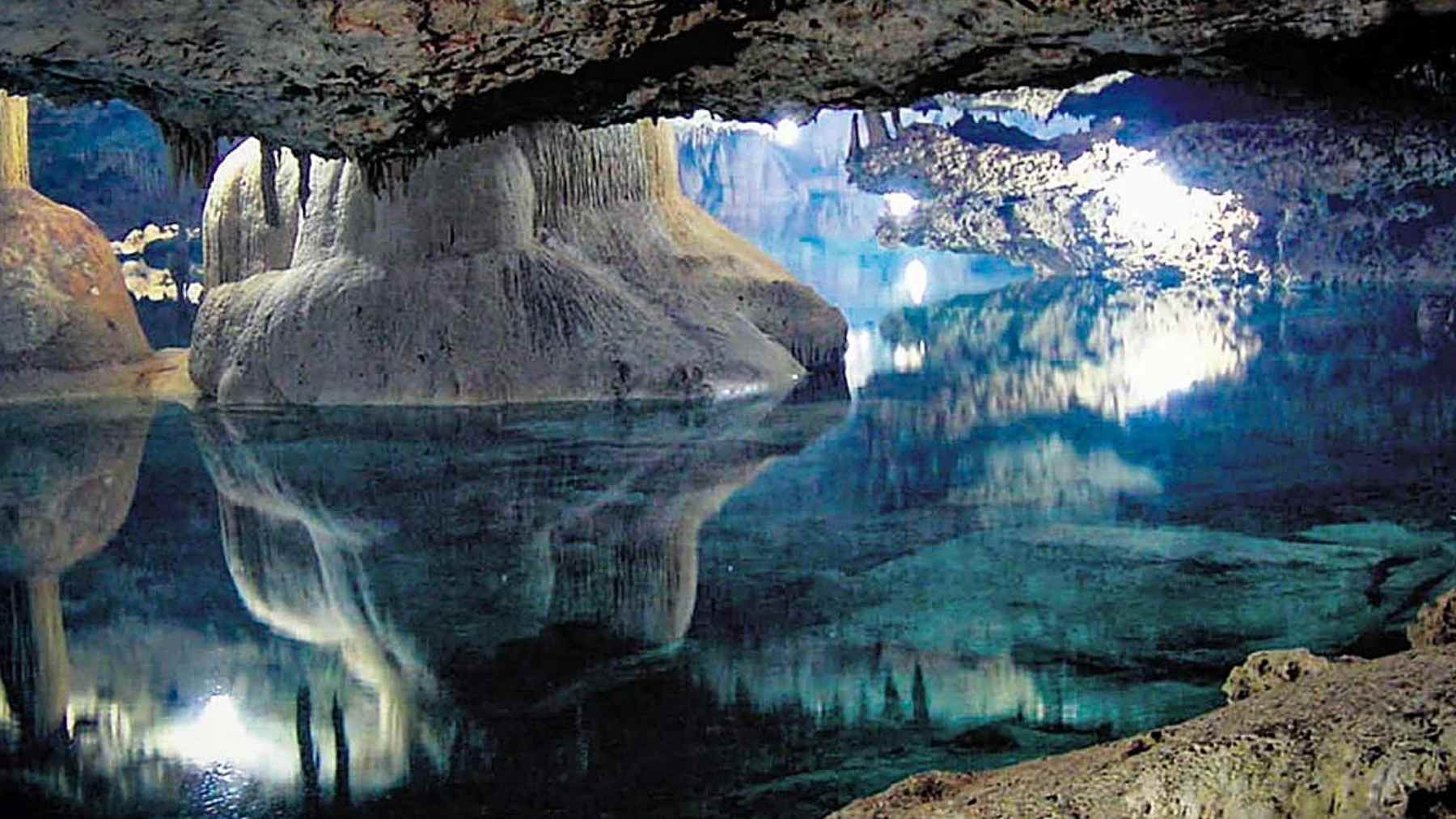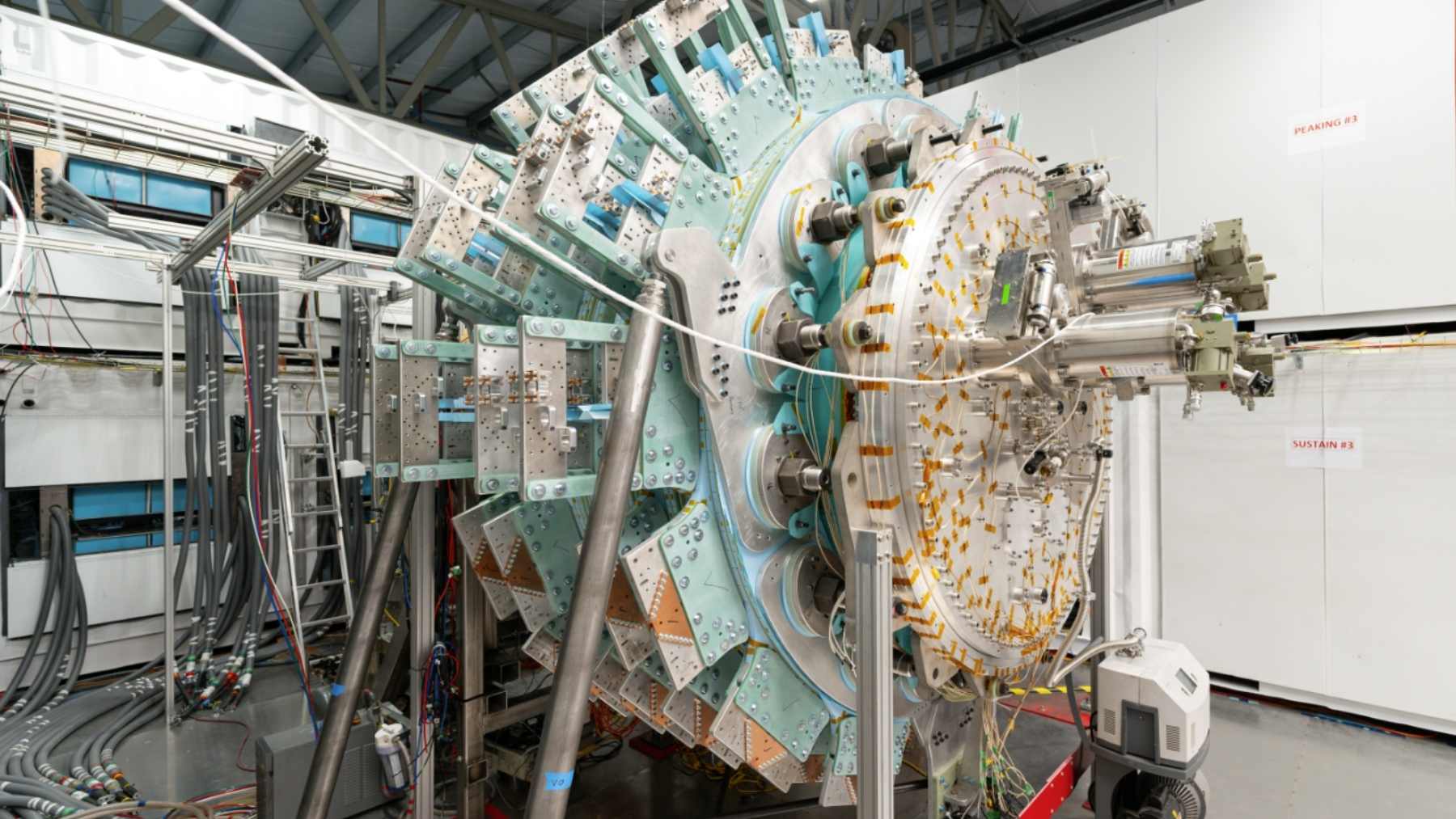For a long time, the Moon was seen as a barren and inert place. It had no rivers, no atmosphere, nothing resembling environments where life thrives. But advances in science have shown that this view is overly simplistic. The discovery of water on the lunar surface was surprising in itself, but what’s even more intriguing is how it appears, disappears, and returns in almost daily cycles.
Moon mystery: How solar wind quietly makes water
The turning point came with the understanding of the role of the solar wind—a constant flow of charged particles released by the Sun. On Earth, we are protected by a magnetic field and atmosphere; the Moon, lacking these barriers, has been directly impacted for billions of years. The lunar regolith (dust and rocks) contains a lot of oxygen but little hydrogen. The solar wind, in turn, is composed primarily of protons, hydrogen nuclei. When these protons reach the surface, they capture electrons from minerals, transforming into complete hydrogen atoms.
These then bind to the oxygen present in the regolith, forming hydroxyl groups (OH) and even water molecules (H₂O). In other words, the Moon may be constantly “manufacturing” water from dust and sunlight. And therein lies the so-called Moon mystery: an invisible cycle that reconfigures our idea of a completely sterile satellite.
Strange signals: The Moon’s daily chemical heartbeat
Detecting water was already impressive, but what caught our attention were the signal patterns recorded. Infrared observations show that the presence of water and hydroxyl on the lunar surface varies throughout the day:
- In the morning: Stronger signals, indicating an accumulation of molecules.
- At noon: Heat causes some of these molecules to evaporate into space.
- At night: The signals return, suggesting continued replenishment.
If the water came only from occasional micrometeorite collisions, we’d expect a steady decline until new impacts occur. But that’s not what the instruments are capturing. These are the so-called “strange signals”; they are not random noises, but signs that the Moon breathes in a daily chemical rhythm, renewed by the constant action of the Sun.
Apollo clues: Half a century later, lunar soil reveals its secret
To prove this, scientists turned to a treasure trove from the Apollo missions: soil samples collected in 1972 by Apollo 17 (which reminds us of something impressive: we just found a second moon). In the laboratory, the lunar particles were exposed to an “artificial solar wind” generated by a particle accelerator. The simulation was equivalent to 80,000 years of real bombardment.
The result was chemical changes in the infrared spectrum, consistent with the formation of water and hydroxyl. While it’s not possible to confirm that complete H₂O molecules were created in the experiment, the evidence aligns with the theoretical model. It’s almost poetic to think that the shovel of Harrison Schmitt, the last man to set foot on the Moon, brought to Earth the material that, half a century later, would help unlock this secret…
Lunar water: Unlocking humanity’s first off-Earth outpost
For the future of space exploration, this discovery changes everything. After all, water on the Moon means autonomy for extended missions and even the construction of permanent bases. Some strategic uses of lunar water include:
- Human consumption: a vital source for astronauts.
- Oxygen production: essential for respiration and life support.
- Rocket fuel: liquid hydrogen and oxygen could power spacecraft for more distant missions, such as to Mars.
Remember that this resource is most accessible at the poles, in permanently shadowed craters—precisely the region targeted by the Artemis program. If confirmed on a large scale, the Moon will no longer be just a testing ground: it will become the first sustainable outpost outside Earth. It’s no wonder China just discovered an ocean on the Moon’s far side.
